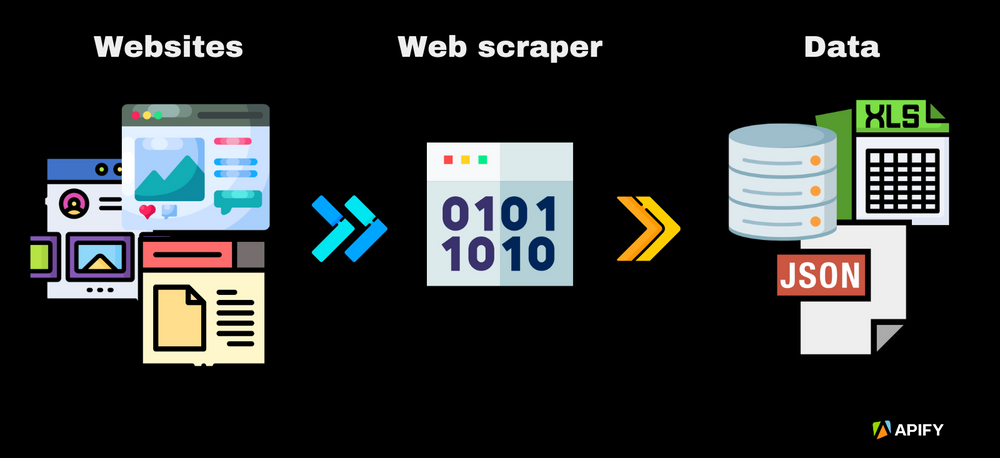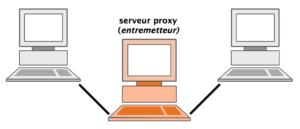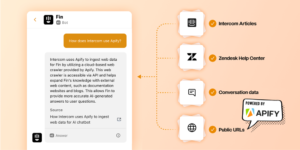In the expansive realm of data-driven decision-making, the term “web scraping” emerges as a beacon, illuminating the path to a wealth of information. Web scraping is not just a technique; it’s the fundamental key unlocking access to vast datasets, empowering organizations and individuals to extract valuable insights from the dynamic landscape of the internet.
In this guide, we embark on a journey to demystify the intricacies of web scraping, exploring its significance, methodologies, and the transformative impact it can have on data-driven endeavors. Join us as we delve into the world of extracting valuable data from websites, demystifying the process of web scraping, and uncovering the secrets to leveraging this technique for informed decision-making and strategic insights.

Table of Contents
Understanding Web Scraping
Web scraping, also known as web harvesting or web data extraction, is the automated process of extracting information from websites. It involves using specialized tools or scripts to navigate through web pages, retrieve data, and organize it in a way that is suitable for analysis, research, or integration into other applications.
Web scraping is a powerful technique that enables individuals and businesses to extract valuable data from websites. It plays a pivotal role in transforming unstructured web content into organized and actionable information. This article delves into the fundamentals of web scraping, explores its applications across various industries, and addresses the ethical considerations that come with this transformative technology.
Web scraping is a technique used to extract information from websites, automating the process and enabling the retrieval of data that can be analyzed, researched, or integrated into other applications. With specialized tools or scripts, web scraping involves navigating web pages and organizing the extracted data. It unveils the potential of transforming unstructured web content into organized and actionable information. Web scraping has found applications across various industries and raises ethical considerations due to its transformative nature.

Key Components of Web Scraping
- Requesting Data: The web scraping process commences with sending HTTP requests to a specific URL. This mimics the actions of a human browsing a website. The server responds by providing the requested HTML content.
- Parsing HTML: Once the HTML content is obtained, web scrapers utilize parsers to navigate the page’s structure and extract relevant data. HTML tags and attributes play a crucial role in identifying and locating specific information.
- Data Extraction: Extracted data can encompass text, images, tables, and links. Advanced web scraping techniques may involve extracting data from complex sources, such as JavaScript-rendered pages.

Applications of Web Scraping
- Business Intelligence: Companies employ web scraping to gather market intelligence, monitor competitors’ pricing strategies, and track consumer sentiments by extracting data from social media platforms and forums.
- Research and Analysis: Researchers leverage web scraping to collect data for academic studies, scientific research, and trend analysis. This enables them to stay informed about the latest developments in their respective fields.
- E-commerce Optimization: E-commerce businesses use web scraping to monitor product prices across multiple websites, ensuring competitive pricing strategies and optimizing product listings.
- Real Estate and Job Market Analysis: Web scraping aids in gathering information about real estate listings, rental prices, job postings, and salary data. This information is crucial for individuals and businesses making informed decisions.
Ethical Considerations of web scraping
While web scraping presents immense benefits, ethical considerations are paramount. Key points to consider include:
- Respecting Website Terms of Service: Adhering to a website’s terms of service is crucial when scraping data, as some websites explicitly prohibit or restrict data extraction.
- Avoiding Overloading Servers: Responsible web scraping involves setting up proper rate limits and avoiding overloading a server with too many requests in a short period. This helps maintain the performance and integrity of the target website.
- Protecting Personal Data: Web scrapers should refrain from extracting sensitive personal information, respecting privacy laws and regulations.
Conclusion
Web scraping is a transformative technology that unlocks the potential of the vast amount of data available on the internet. When conducted responsibly and ethically, web scraping empowers businesses and individuals with the ability to gather, analyze, and leverage information for various purposes. As the digital landscape continues to evolve, web scraping remains a valuable tool for those seeking to harness the power of data-driven decision-making.



